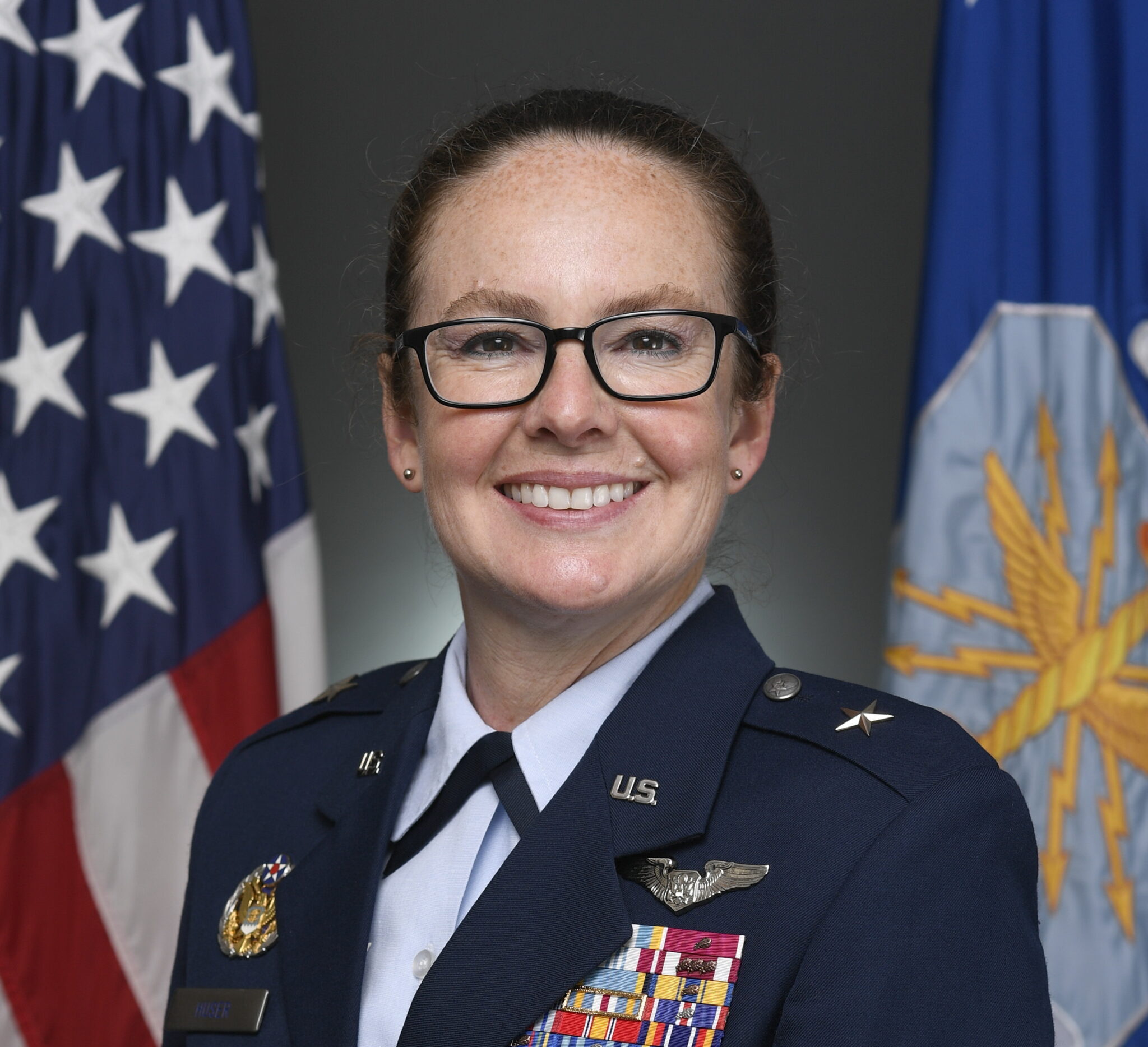
An air-launched cruise missile warhead was not the only major civilian nuclear-weapons program slowed by COVID-19 supply chain snafus, but it was the only one drastically affected by the pandemic response, a senior government official said Tuesday.
“I wouldn’t say it was the only one that was impacted,” said Brig. Gen. Stacy Jo Huser, principal assistant deputy administrator for military application at the National Nuclear Security Administration (NNSA). “I would say that it’s obviously the only one that had a significant impact.”
W80-4 will extend the life of the W80-1 warhead for two to three decades. NNSA will fit the warhead to the Long Range Standoff weapon cruise missile that Raytheon is building for the Air Force. The service plans to field the missile beginning in 2030 or so, initially aboard B-52H aircraft.
Even with a two-year delay, W80-4 will be ready “years” before its Raytheon-built delivery missile, Huser said. A detailee from the Air Force, Huser spoke for about an hour Tuesday morning in a forum organized by the Washington-based Advanced Nuclear Weapons Alliance Deterrence Center and the Hudson Institute.
The NNSA in early August said it will finish producing W80-4 by fiscal year 2031. The agency also acknowledged in August that the W80-4 first production unit, a first-draft copy of the weapon that experts will dissect to determine if it is ready for mass production, would be ready in fiscal year 2027 instead of fiscal year 2025 as planned for years.
Since 2021, the NNSA has publicly said that W80-4 would face delays because of supply chain crunches the agency blamed on COVID-19.
Huser declined to say Tuesday which tiers of NNSA suppliers were affected by the pandemic response.
The NNSA is working on four nuclear-weapon refurbishments in the 2020s: the B61-12 gravity bomb; the W88 Alt-370 sea-launched intercontinental ballistic missile warhead; the W80-4; and the W87-1 silo-based intercontinental ballistic missile warhead.